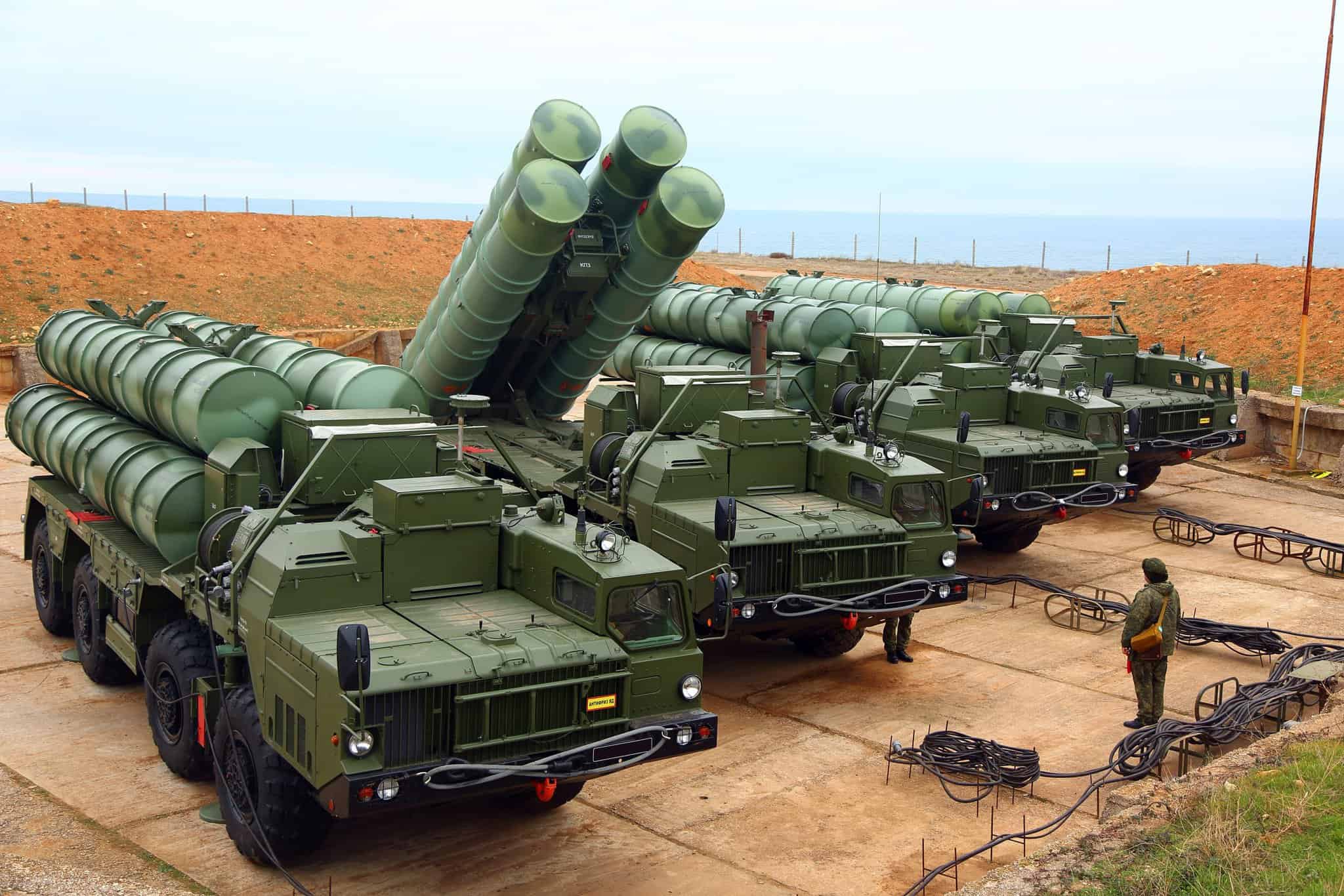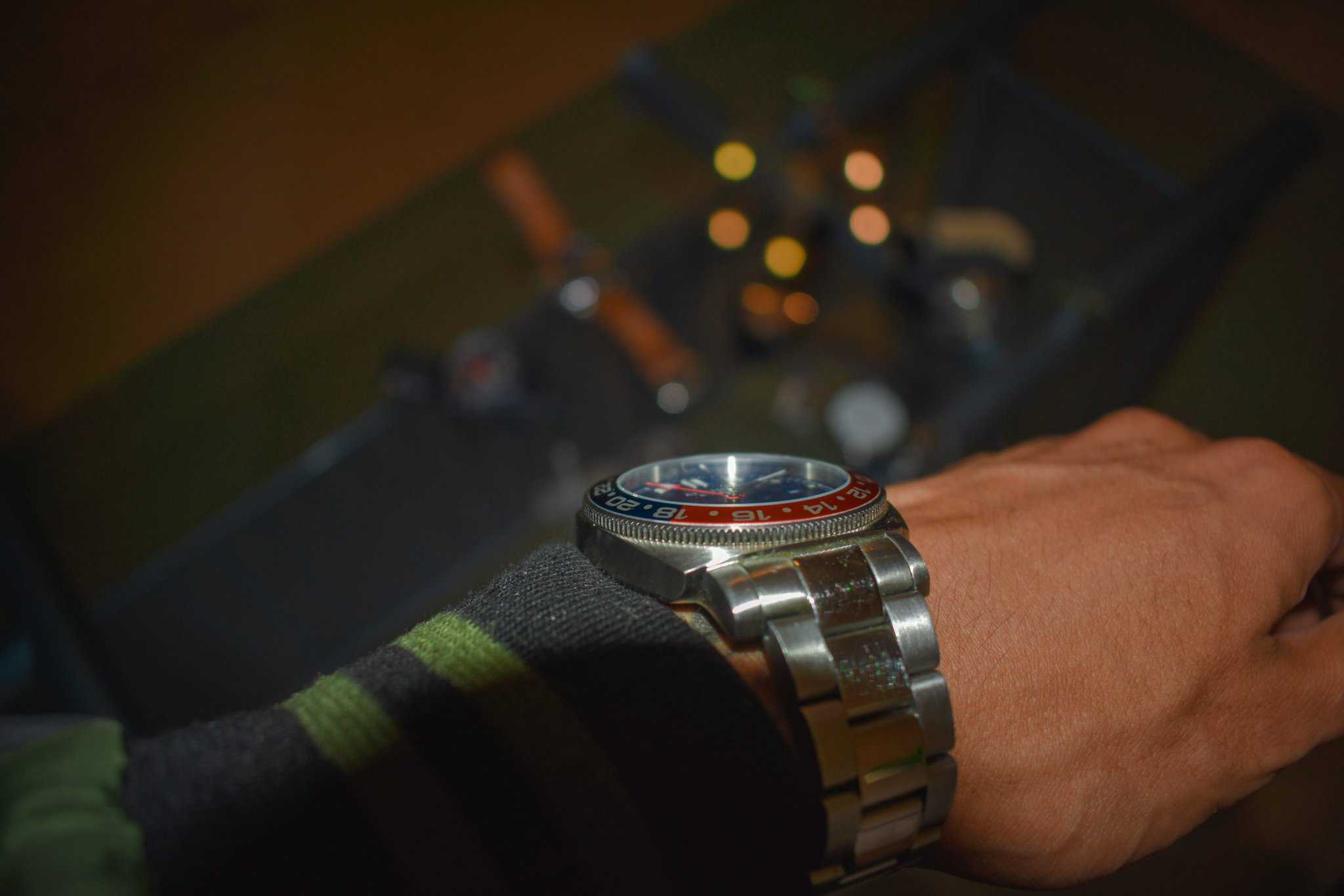In a groundbreaking reveal at the China International Aviation and Aerospace Exhibition, China has showcased the twin-seat version of its J-20 stealth fighter, highlighting its advanced aerospace defense capabilities. This variant, known as the J-20S, stands out as the world’s sole two-seat fifth-generation fighter jet.
On November 11, China’s Ministry of National Defence announced that the Aviation Industry Corp of China, a state-backed entity, had lifted the curtain on this highly anticipated aircraft. With Western nations like the US focusing on single-seat models such as the F-35 and F-22, the J-20S represents a unique innovation in modern aerial combat design.
The Aviation Industry Corp of China describes the J-20S as a formidable fighter with sophisticated radar-evading technologies, long-range missions, and multifaceted operational capabilities. This aligns with China Daily’s coverage, which underscores the strategic potential of the jet.
A significant feature of the J-20S is its additional seat, which opens new tactical avenues, especially for the People’s Liberation Army Air Force (PLAAF). It enhances the capability to control autonomous ‘Loyal Wingman’ drones, a pioneering concept that few Western stealth fighters can match with a two-person crew configuration.
Although the integration of crewed and uncrewed aircraft systems is in its infancy globally, China’s strides with the J-20S indicate a substantial leap in defense technology, asserting itself as a formidable player in the international arena of stealth aviation.
The Twin-Seat J-20S: Could It Revolutionize Global Air Combat Technologies?
In the ever-evolving world of aerospace advancements, China’s unveiling of the J-20S twin-seat stealth fighter at the China International Aviation and Aerospace Exhibition has sparked intrigue and potential shifts in the global power balance. This extraordinary innovation in stealth fighter design introduces not just tactical advantages but raises questions about the future of aerial combat and its broader implications for humanity.
How the J-20S Sets New Standards in Aerial Combat
The introduction of the J-20S marks a significant departure from the traditional single-seat models championed by Western nations, such as the Lockheed Martin F-35 and the F-22 Raptor. The twin-seat configuration of the J-20 offers China a unique edge: enhanced versatility in missions requiring complex coordination between crew members, such as electronic warfare, extended reconnaissance, and control of autonomous drones.
Exciting Developments in Drone Integration
One of the most compelling features of the J-20S is its capacity to enhance collaboration with ‘Loyal Wingman’ drones. This strategy involves manned aircraft working in tandem with unmanned drones. While the concept is still maturing globally, China’s pursuit indicates their desire to push the boundaries of what is possible in modern military tactics. The two-seat arrangement facilitates more effective operation in controlling these drones, allowing the pilot to focus on combat while the co-pilot manages and commands the drone support.
Technological Leap or Strategic Gamble?
There are, however, advantages and disadvantages to this development. On one hand, the dual-pilot system offers greater resilience and flexibility in combat scenarios, potentially revolutionizing how air forces engage in modern warfare. On the other hand, the complexity of integrating such systems can pose significant challenges in terms of cost, training, and reliability.
Advantages:
– Enhanced Mission Control: The addition of a second seat allows for specialization, with crews being able to manage more sophisticated operations without overwhelming a single operator.
Disadvantages:
– Increased Complexity and Cost: Developing and maintaining a crew system with such advanced capabilities can lead to increased costs and operational complexities.
Questions for the Future
As we look to the future, several questions arise from China’s bold progress with the J-20S:
– Will other nations follow suit, opting for multi-seat configurations to counter China’s advancements?
– How will the integration of autonomous drones into air force operations change the ethical landscape of warfare?
The Dual Pilot Model: A New Standard or an Anomaly?
While China’s move to develop a two-seat stealth fighter raises its profile in global defense, it also poses a question: Does this represent the future trend for fighter jets, or is it an anomaly? Historically, Western nations highlighted the efficiency of single-pilot fighters, underlining simplicity and reduced workload transition. However, as airspace becomes increasingly crowded with connected and autonomous technologies, China might be prescient in investing in this dual-pilot approach.
For those eager to track these rapidly shifting paradigms in aerospace technology, staying informed with trusted sources is essential. For further exploration into aviation advancements, visit Lockheed Martin or delve into global defense strategies with Defense.gov.
Engage in the discussion: Do you think the dual-seat concept will redefine aerial combat, or is it simply one of the many paths as we forge future technologies?
















